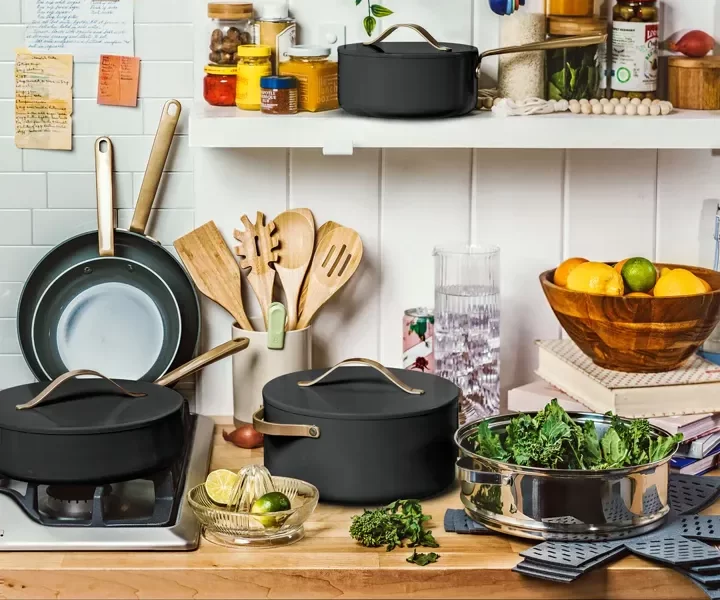
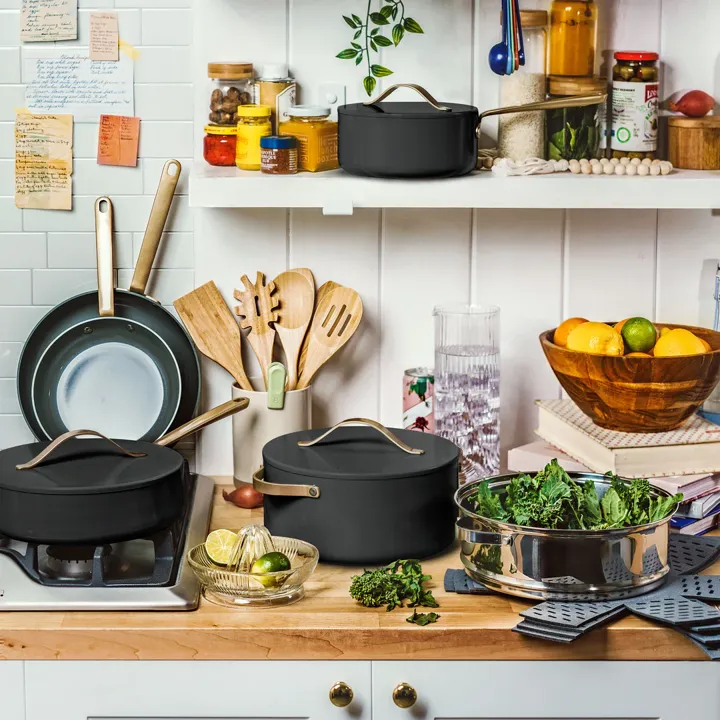
The kitchen is the heart of every home, where the warmth of family life comes alive. If you prepare three meals a day, you likely spend at least 2 to 3 hours daily in this space. That’s why selecting the right kitchen tools is essential. Choosing the wrong ones can lead to not only inconvenience but also safety hazards.
Here are four types of kitchen tools that may appear useful but can be problematic—and even hazardous—in practice.
Gas-Powered Pressure Cookers
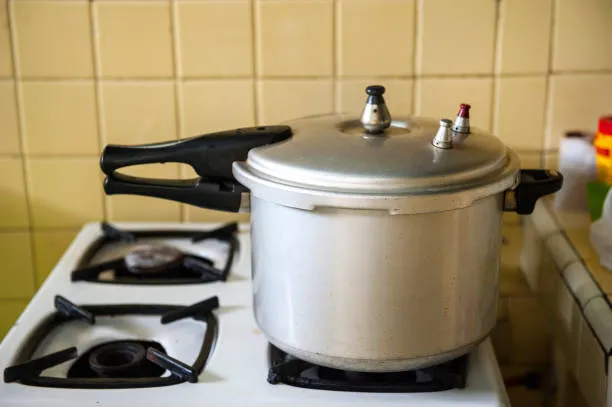
These pressure cookers are directly heated on a gas stove. They can develop high pressures, which can cook food very quickly. Besides being praised for speed, simplicity, and the ease with which they can be cleaned, these types of cookers come with many risks:
- Explosion Hazard: Pressure cookers are much less safe than their electric alternatives, as they don’t have an automatic shut-off and only one valve to release pressure. If you overfill the pot or the vent gets clogged, the pressure can build to dangerous, potentially explosive levels—yes, these accidents are not uncommon, or at least they are what make the news.
- Burn Hazard: Both the pot and lid can get very hot during cooking; hence, there is a risk of a burn if accidentally touched. Another source of burns is the release of steam because hot vapor may spurt out unexpectedly.
- Fire Hazard: Manual monitoring is what is demanded from gas pressure cookers. Forgetfulness regarding turning off the heat may burn the food; however, the worst case could be a fire started in the kitchen.
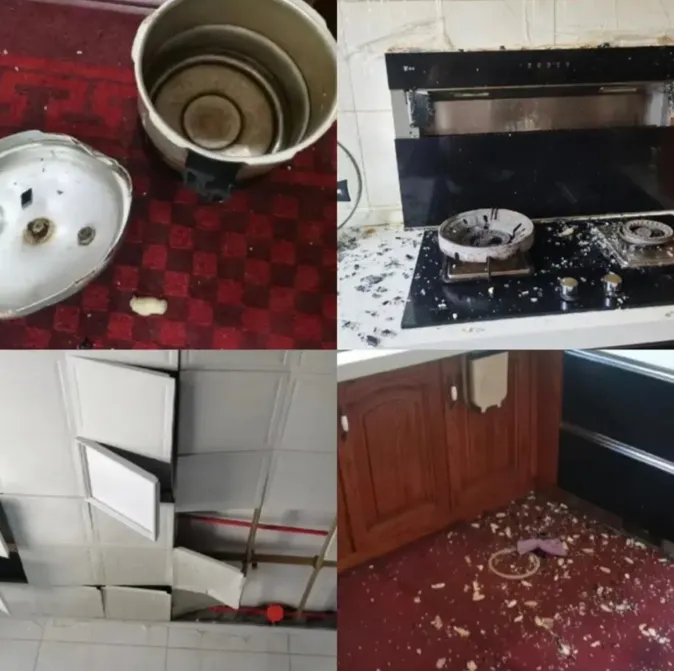
3-in-1 Non-Stick Pans
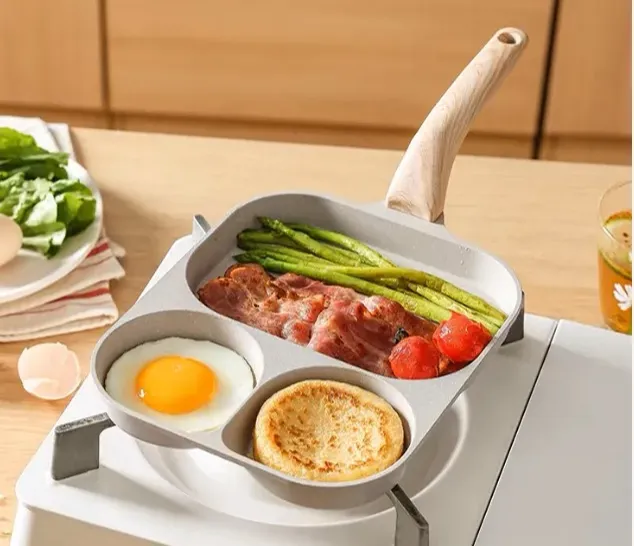
These patented pans promise to save you time and make cooking more efficient by making frying, sautéing, and pancakes all in the same pan. Even though they’re pitched as a time-saving “breakfast hero”, they have some cons:
- Peels Off The Non-Stick Covering: This coating, which is a must have for its functionality, gets worn off over time. Once it starts to peel, the crumbs are sucked into your food, and you could be in for health problems. When you clean it incorrectly or put it for a long time, this process may speed up.
- Low Lifespan: These pans never really do last that long despite what they claim from the manufacturer. Non-stick performance and lifespan tend to erode with use.
- Complex Cleaning: In order to keep the non-stick surface, you must keep the pan clean, never using sharp tools or detergents. Cooking at high heat will rot the coating as well and add more frustration and expense in the long run.
Stainless Steel Cutting Boards
Stainless steel cutting boards are advertised as strong, easy to clean and anti-spoil. These are good in some ways but not as effective as the traditional wooden or plastic ones. Why You Should Avoid Them:
- Excessive Noise: Stainless steel is a hard surface and thus produces very loud sounds when cutting, especially when cutting through tough foods such as meat.
- Slippery Surface: This makes the surface very smooth such that when cutting through food items they can easily move around hence reducing accuracy and increasing the chances of getting injured.
- Knife Damage: It is very tough on the surface and this will lead to your knives being blunt sooner than they would if you were using them on something else.
- High Price: Stainless steel boards are more costly as compared to wooden or plastic ones thus not as economical.
- Heavy Weight: They are quite heavy and therefore cumbersome to pull or put away especially if you tend to keep on rearranging your kitchen.

Wooden Knife Holder
The most popular type of knife holder is the wooden knife block which is common and preferred due to its natural, environmentally friendly appearance. However, they are porous and provide an ideal environment for the growth of bacteria and mold particularly if exposed to humidity.

- Moisture Issues: Since the wood material easily soaks up water it will expand, warp, or develop cracks over time especially if left in a damp kitchen.
- Bacterial Growth: When left wet, wooden knife blocks are the perfect place for bacteria to grow, and these bacteria can be transferred to knives and then to food.
- Difficult to Clean: The knife slots and grooves are difficult to clean and sanitize, which is a problem with the block.
- Short Lifespan: After some time, wooden blocks may get damaged and therefore need replacement often, which increases the cost in the long run.
Kitchen gadgets and implements can play an indispensable role in creating safe, efficient, and pleasurable cooking experiences. Investing in good quality implements for food preparation can save time, improve meals, and even aid in health protection.
At Allnice, we have been involved in stainless steel export for almost 23 years, offering an excess of 2,000 kinds of cookware, kitchenware, and hotel supplies. Quality and an assortment of OEM/ODM customized and Amazon one-stop solutions are assured by a professional inspection team that can bear witness to our long-standing service as a reliable partner for durable and firm kitchen tools.
